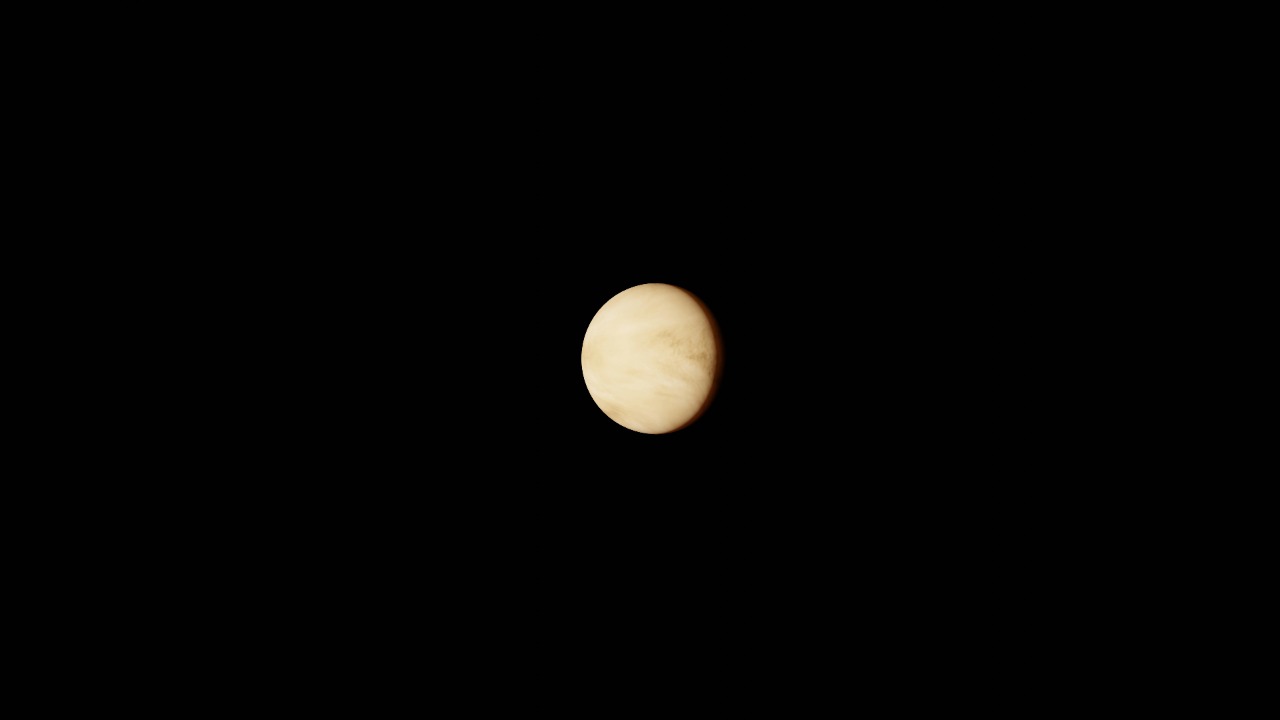
Recent astronomical discoveries have unveiled evidence of rogue planets—planets not bound to any star—that possess complex atmospheres. This finding challenges previous assumptions about these mysterious celestial bodies and opens up new avenues for understanding planetary formation and characteristics in the galaxy.
The Discovery of Rogue Planets
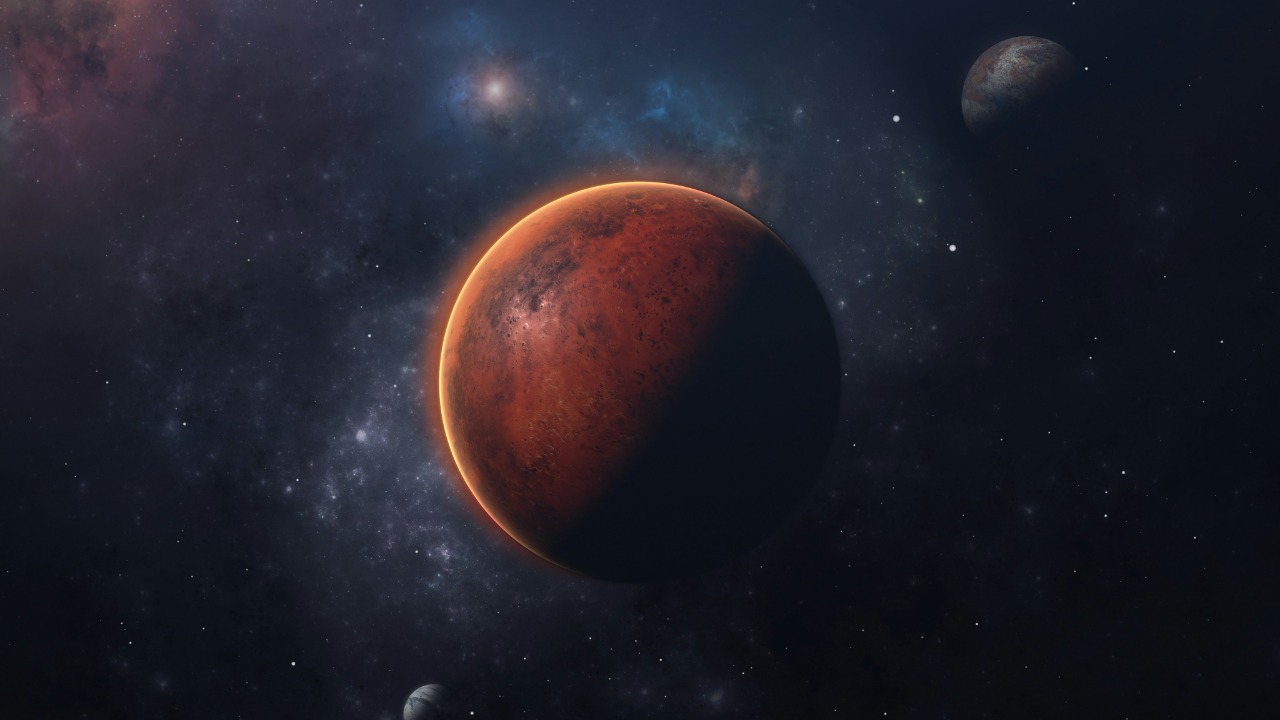
Rogue planets, also known as free-floating planets, are celestial bodies that drift through space without orbiting a star. Unlike traditional planets that are gravitationally bound to stars in a solar system, rogue planets wander the galaxy independently. They are believed to have been ejected from their original planetary systems or formed in isolation within dense molecular clouds. These planets lack the illumination provided by a parent star, making them difficult to detect and study.
Astronomers employ several sophisticated techniques to identify rogue planets. One primary method is gravitational microlensing, which involves observing the bending of light from a distant star as a rogue planet passes in front of it. This technique allows scientists to infer the presence of a planet based on the gravitational effects on starlight. Additionally, infrared surveys conducted by advanced telescopes can detect the faint heat signatures emitted by these cold, starless planets, further aiding in their identification.
Atmospheric Composition and Characteristics
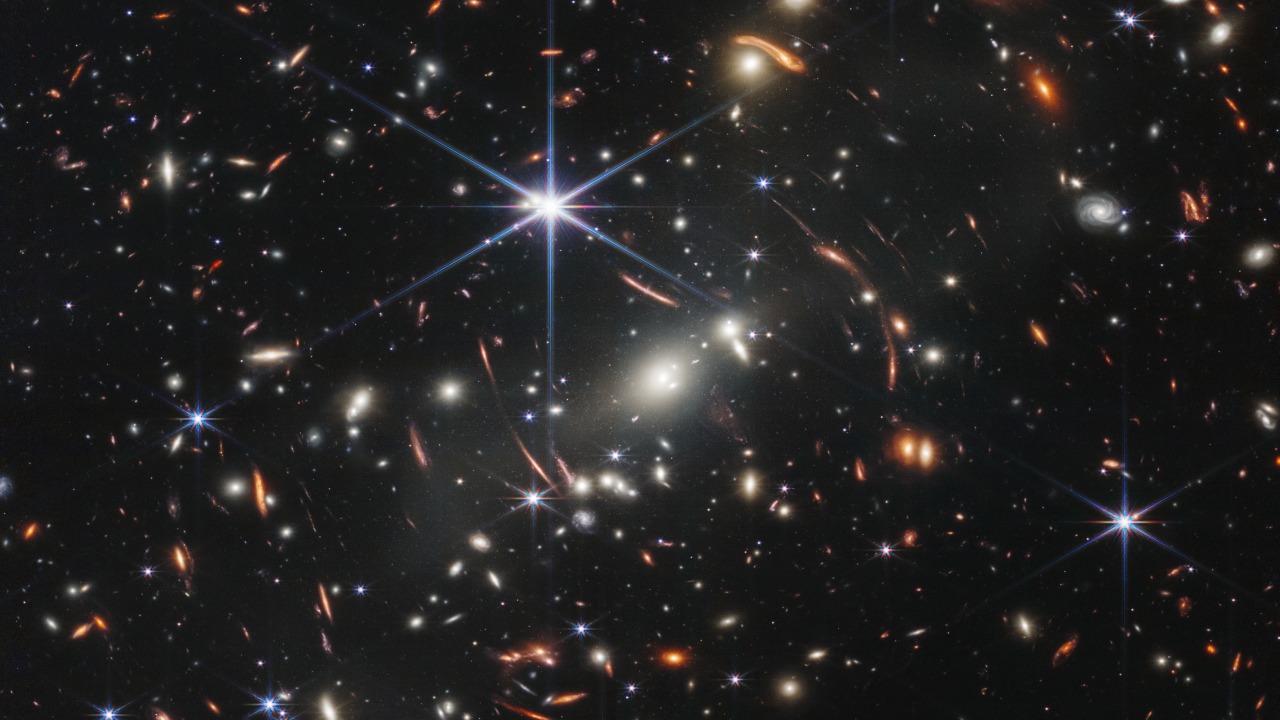
Recent observations have provided compelling evidence of atmospheres on rogue planets. Data from the James Webb Space Telescope and other instruments have revealed spectral signatures indicative of atmospheric components. These findings suggest that some rogue planets may possess complex atmospheres, potentially composed of hydrogen, helium, and other gases. Such discoveries challenge the notion that these planets are barren, rocky bodies devoid of significant atmospheric layers.
The composition of these atmospheres offers valuable insights into the origins and conditions of rogue planets. By analyzing the chemical makeup of these atmospheres, scientists can infer the processes that led to their formation. For instance, the presence of certain gases might indicate that a rogue planet was ejected from a planetary system, while others could suggest formation in isolation. Understanding the atmospheric characteristics of rogue planets can also shed light on the potential for diverse planetary environments beyond traditional solar systems.
Implications for Planetary Science
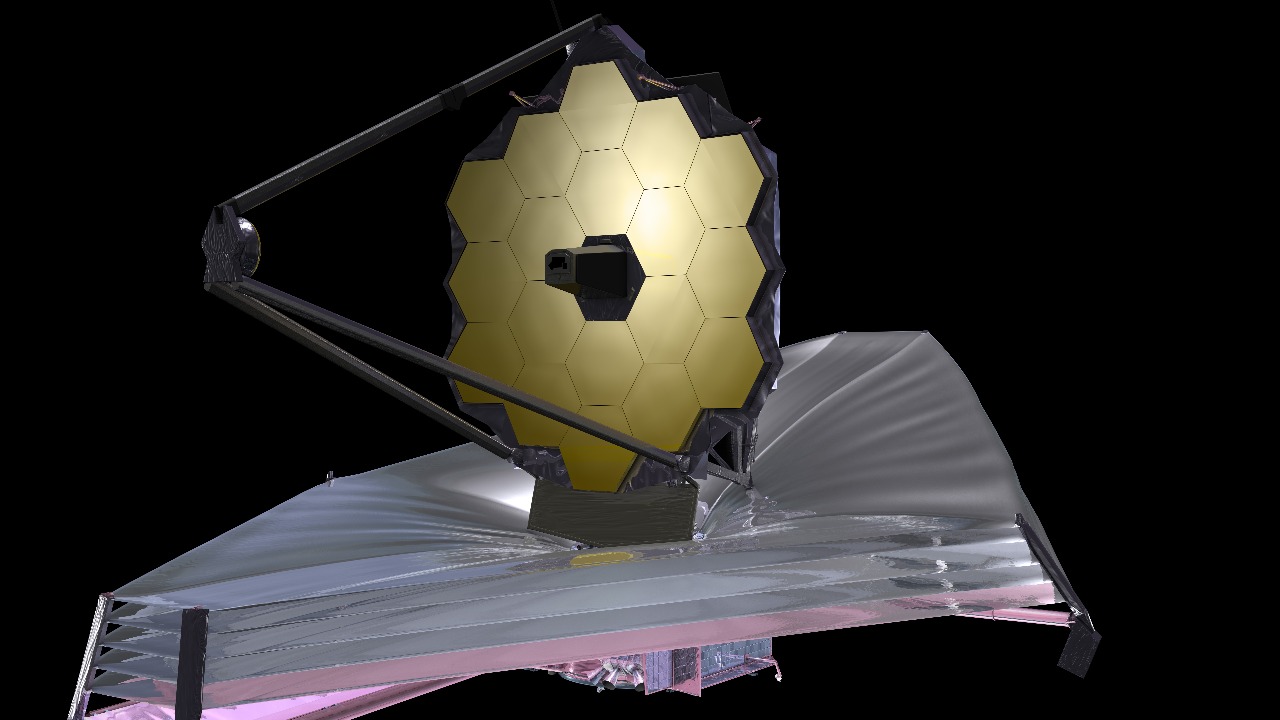
The discovery of rogue planets with atmospheres has significant implications for our understanding of planetary formation and migration. Traditional models of planetary formation typically involve a protoplanetary disk surrounding a young star, with planets forming from the accretion of material within the disk. However, the existence of rogue planets suggests that alternative formation pathways may exist. These planets could have formed in isolation or been ejected from their original systems due to gravitational interactions or other processes.
Furthermore, the potential for atmospheres on rogue planets raises intriguing questions about their habitability. While the absence of a central star limits the availability of energy from stellar radiation, other sources of energy, such as geothermal processes or interactions with interstellar material, could sustain life-supporting conditions. This expands the search for habitable environments beyond the traditional habitable zones of stars, prompting scientists to reconsider the criteria for planetary habitability.
Technological Advancements and Future Research
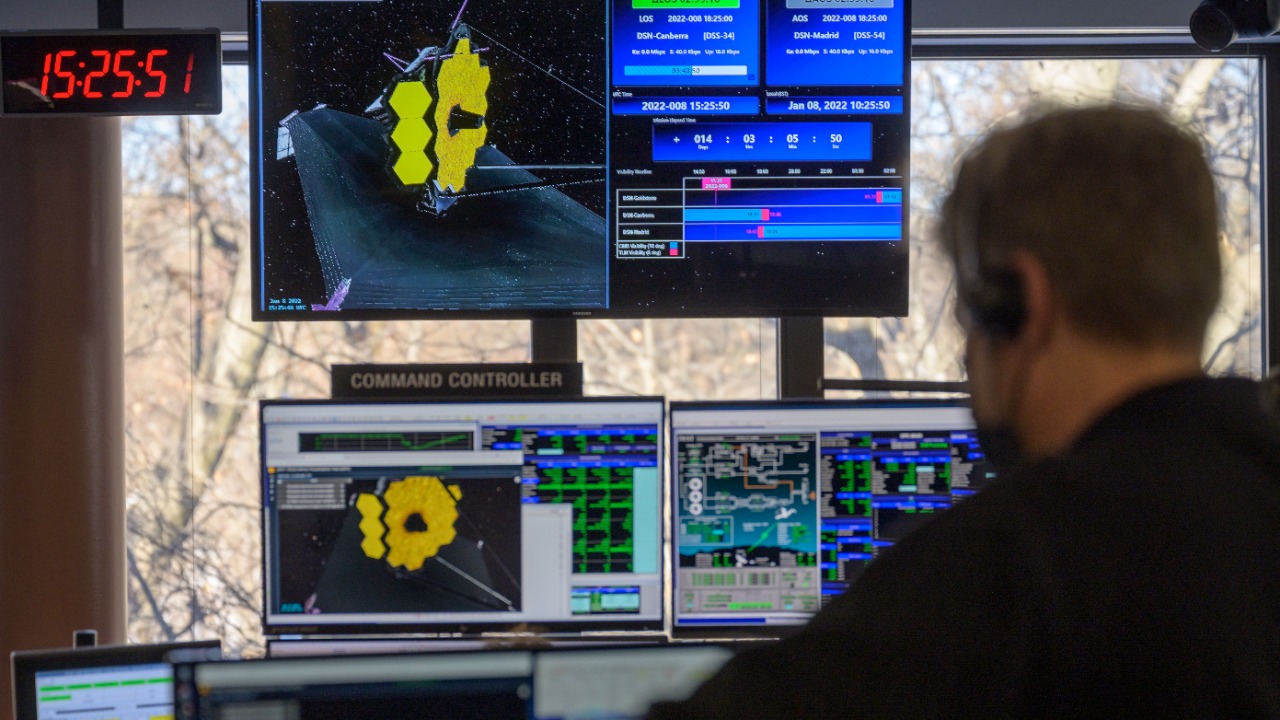
The role of advanced telescopes, such as the James Webb Space Telescope, is crucial in advancing our understanding of rogue planets. These powerful instruments allow astronomers to study the faint signals emitted by these distant worlds, providing valuable data on their atmospheres and characteristics. The increased sensitivity and resolution of next-generation telescopes enable the detection of subtle spectral features, leading to more accurate assessments of atmospheric composition.
Future missions and research initiatives aim to further explore rogue planets and their atmospheres. Projects like the Nancy Grace Roman Space Telescope and the European Space Agency’s Ariel mission are expected to contribute significantly to this field. These missions will focus on characterizing exoplanetary atmospheres, including those of rogue planets, providing a deeper understanding of their properties and origins. As technology continues to advance, the study of rogue planets promises to yield new insights into the diversity and complexity of planetary systems beyond our own.
Challenges and Controversies
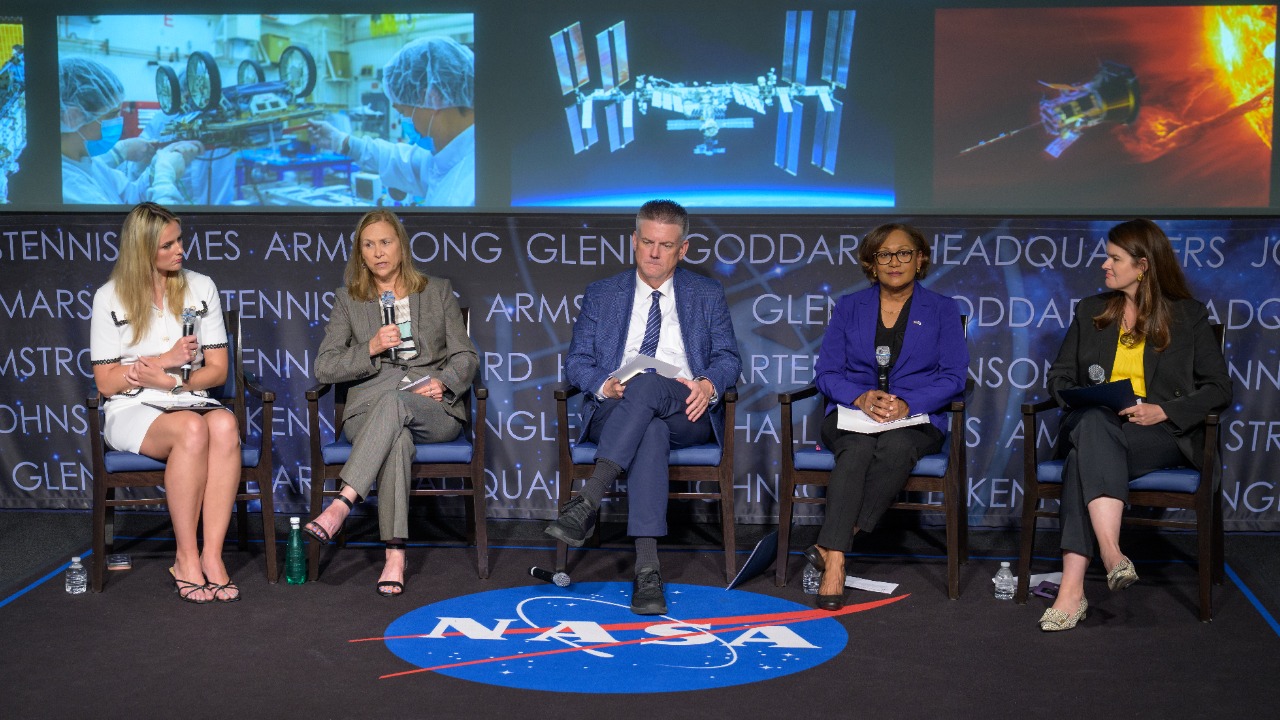
The study of rogue planets and their atmospheres is not without its challenges and controversies. Some scientists remain skeptical about the findings, questioning the reliability of the data and the interpretations of atmospheric signatures. The need for further evidence and independent verification is critical to establishing the presence of atmospheres on these elusive planets. Ongoing research and observations are essential to address these concerns and build a more comprehensive understanding of rogue planets.
Technical limitations also pose challenges in studying rogue planets. The faintness of these objects and their vast distances from Earth make them difficult targets for observation. Current technology and methodology may not be sufficient to capture detailed information about their atmospheres and surface conditions. However, as advancements in telescopes and observational techniques continue, the potential to overcome these limitations grows, paving the way for more in-depth studies of rogue planets and their intriguing atmospheres.